Introduction
Chinese cabbage, known as Napa cabbage in many parts of the world, is a staple ingredient in Asian cuisine. Its mild, slightly sweet flavor and crisp texture make it ideal for fermentation, a traditional preservation method that transforms it into tangy, probiotic-rich sauerkraut. This process, rooted in centuries-old culinary traditions, not only extends the shelf life of the vegetable but also enhances its nutritional profile. Whether you’re a seasoned fermenter or a curious home cook, mastering the art of pickling Chinese cabbage opens doors to a world of flavor and health benefits. In this comprehensive guide, we’ll explore the step-by-step process of creating homemade sauerkraut, from selecting the freshest cabbage to troubleshooting common fermentation hurdles.
Ingredients and Tools
To embark on your sauerkraut-making journey, gather the following:
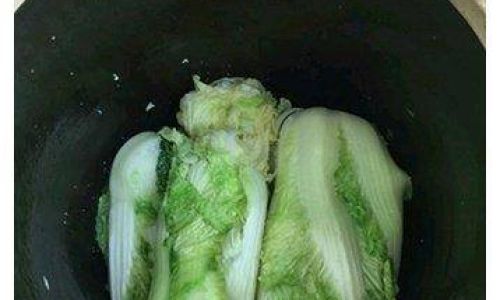
- 2 medium-sized heads of Chinese cabbage (Napa cabbage): Look for firm, crisp leaves with no blemishes.
- 3 tablespoons of sea salt or kosher salt: Avoid iodized salt, as it can inhibit fermentation.
- 4 cups of filtered water (optional, for brine if needed).
- 1–2 tablespoons of aromatic add-ins (e.g., minced garlic, ginger, chili flakes, caraway seeds, or sliced carrots).
- A large mixing bowl: Ceramic, glass, or food-grade plastic.
- A fermentation vessel: A glass jar (1-gallon capacity), ceramic crock, or a specialized fermentation pot.
- A weight: A clean stone, a glass jar filled with water, or a purpose-made fermentation weight.
- Cheesecloth or a clean kitchen towel: To cover the jar.
- Elastic band or twine: To secure the covering.
Step-by-Step Process
Preparing the Cabbage
Begin by trimming the cabbage. Remove any wilted or damaged outer leaves, then rinse the heads under cool water to remove dirt. Pat them dry with a clean towel. Quarter each cabbage lengthwise, then slice each quarter into thin ribbons (2–3 mm thick). Alternatively, use a mandoline slicer for consistency. Transfer the shredded cabbage to the mixing bowl.
Salting and Massaging
Sprinkle the salt evenly over the cabbage. For optimal fermentation, aim for a 1.5–2% salt ratio by weight (e.g., 15–20 grams of salt per kilogram of cabbage). Gently massage the salt into the cabbage for 5–7 minutes. This step breaks down the cell walls, releasing moisture and softening the leaves. You’ll notice the cabbage reducing in volume as liquid pools at the bottom of the bowl.
Incorporating Flavors (Optional)
Enhance your sauerkraut with complementary flavors. Add minced garlic, grated ginger, or chili flakes for a spicy kick. Sliced carrots or daikon radish can introduce sweetness and color. Mix these additions thoroughly with the cabbage.
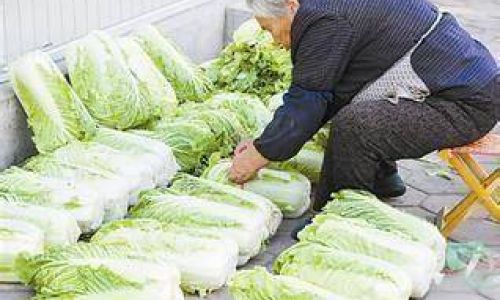
Packing the Jar
Transfer the cabbage mixture into the fermentation vessel, pressing down firmly with your fists or a wooden spoon to eliminate air pockets. The goal is to submerge the cabbage entirely under its brine. If there’s insufficient liquid, prepare a 2% saltwater brine (1 teaspoon salt per cup of water) and pour it over the cabbage until covered.
Weighing and Covering
Place the weight on top of the cabbage to keep it submerged. This prevents mold growth by creating an anaerobic environment. Cover the jar with cheesecloth or a towel, securing it with an elastic band. This allows gases to escape while keeping out dust and pests.
Fermentation
Store the jar in a cool, dark place (60–70°F or 15–21°C) away from direct sunlight. Fermentation duration varies:
- 3–5 days: Mild, crisp sauerkraut.
- 7–10 days: Tangy, complex flavor.
- 2+ weeks: Deeply fermented, soft texture.
Check daily for bubbles and brine levels. If mold forms on the surface, skim it off—it’s harmless if the cabbage remains submerged.
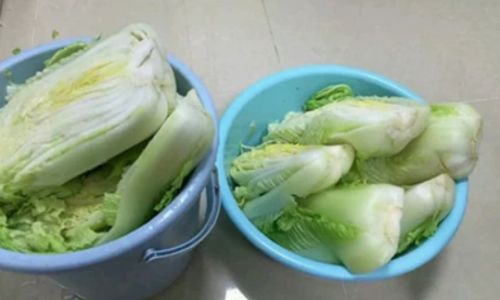
Tasting and Storing
After 3 days, begin tasting the sauerkraut. Once it reaches your desired flavor, transfer it to airtight jars and refrigerate. Properly stored, it lasts 6–12 months, with flavor intensifying over time.
Troubleshooting Common Issues
- Mold: Caused by exposure to oxygen. Ensure the cabbage stays submerged and use a tight-fitting lid if mold persists.
- Soft Texture: Over-fermentation or high temperatures. Reduce fermentation time or lower the storage temperature.
- Cloudy Brine: Normal during fermentation; a sign of active bacteria.
- Foul Odor: Indicative of spoilage. Discard if the smell is putrid.
Health Benefits of Fermented Cabbage
Homemade sauerkraut is a nutritional powerhouse:
- Probiotics: Supports gut health by introducing beneficial bacteria like Lactobacillus.
- Vitamins: Rich in vitamin C, K, and B vitamins.
- Antioxidants: Combats inflammation and oxidative stress.
- Digestive Aid: Enhances nutrient absorption and reduces bloating.
Cultural Significance
Pickling Chinese cabbage is deeply embedded in East Asian culinary traditions. In China, it’s a winter staple, preserved in earthenware pots and used in stir-fries, dumplings, and hot pots. Korean kimchi and German sauerkraut share similar roots, highlighting the global appeal of fermented cabbage.
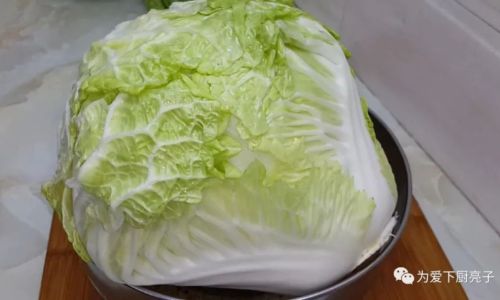
Creative Uses for Homemade Sauerkraut
- Stir-Fries: Add a tangy crunch to vegetable or meat dishes.
- Sandwiches: Layer with pastrami or corned beef for a Reuben-inspired bite.
- Soups: Simmer in bone broth or tomato-based soups.
- Salads: Toss with apples, walnuts, and greens for a refreshing side.
Conclusion
Crafting sauerkraut from Chinese cabbage is a rewarding blend of science and art. With patience and minimal equipment, you can preserve this versatile vegetable while unlocking its health-boosting properties. Experiment with flavors, adjust fermentation times to suit your palate, and savor the satisfaction of creating a timeless culinary treasure. Whether you’re a purist or a flavor adventurer, homemade sauerkraut invites endless creativity and a deeper connection to the ancient craft of fermentation.
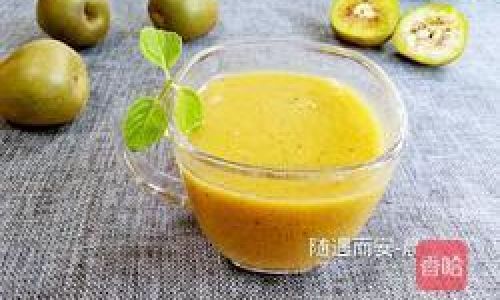
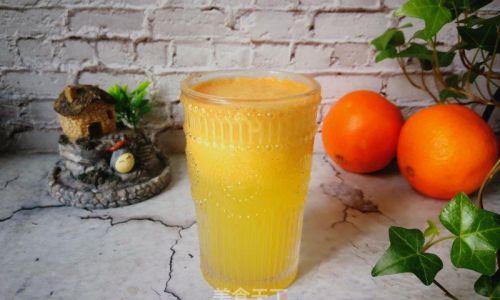
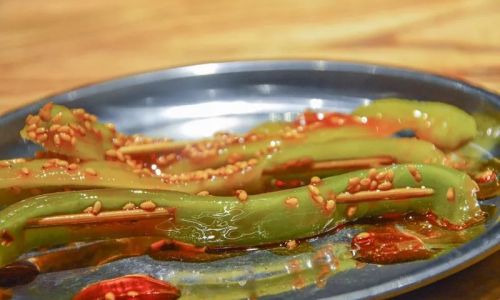

0 comments